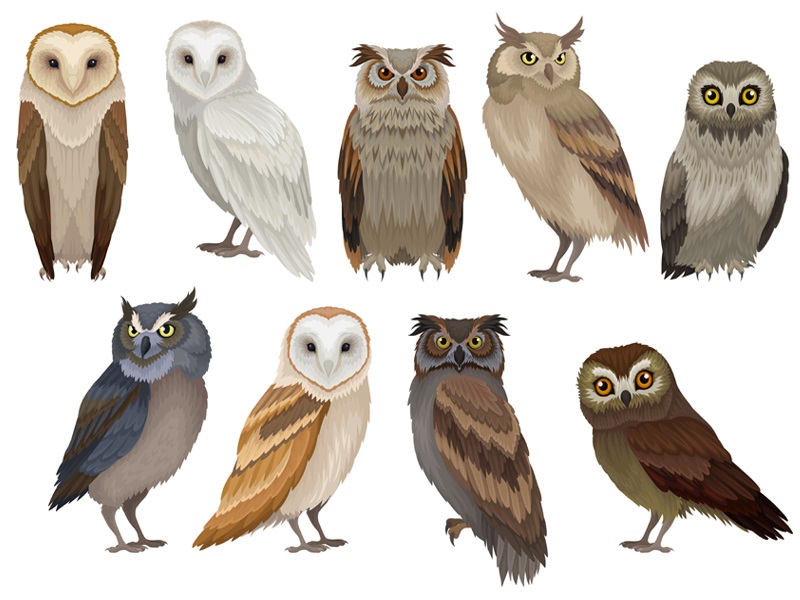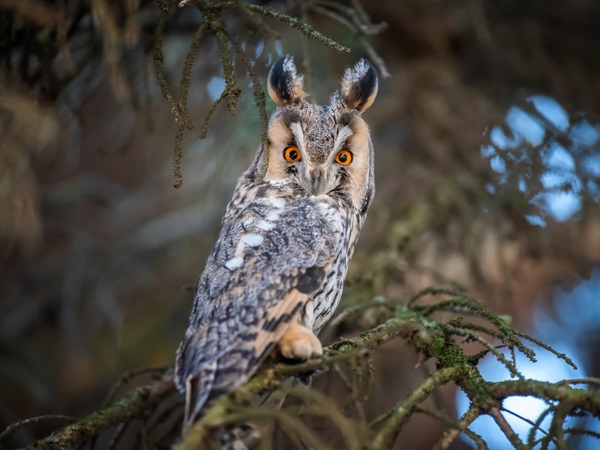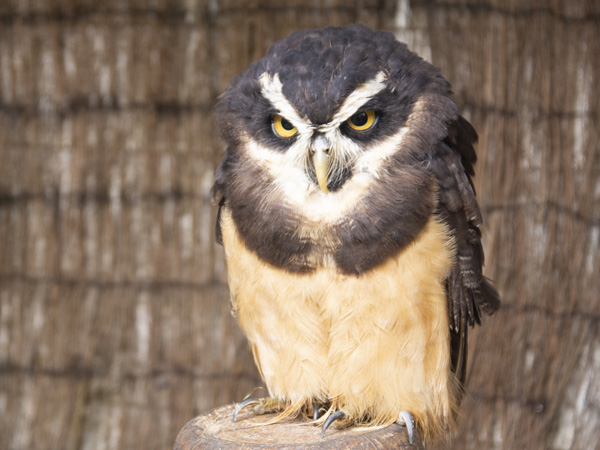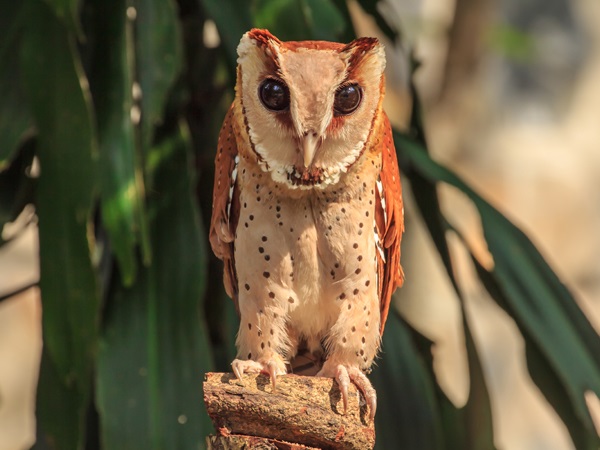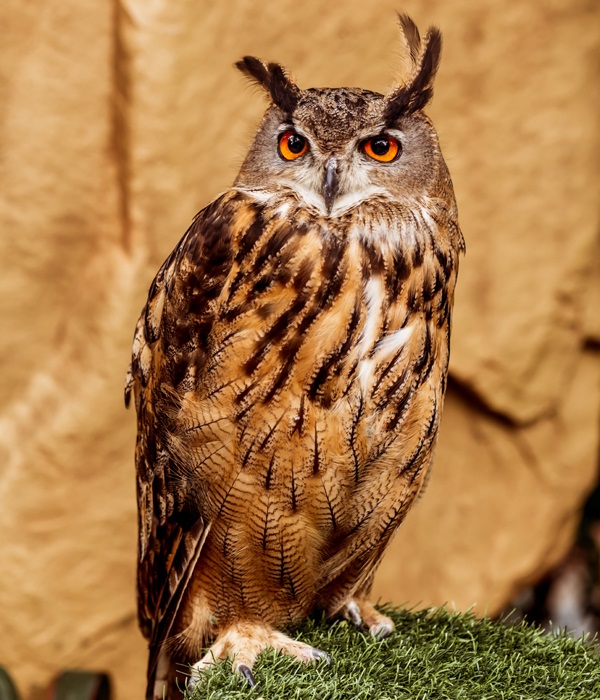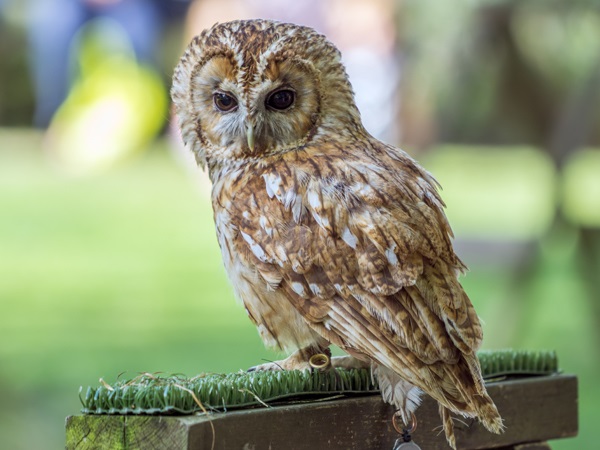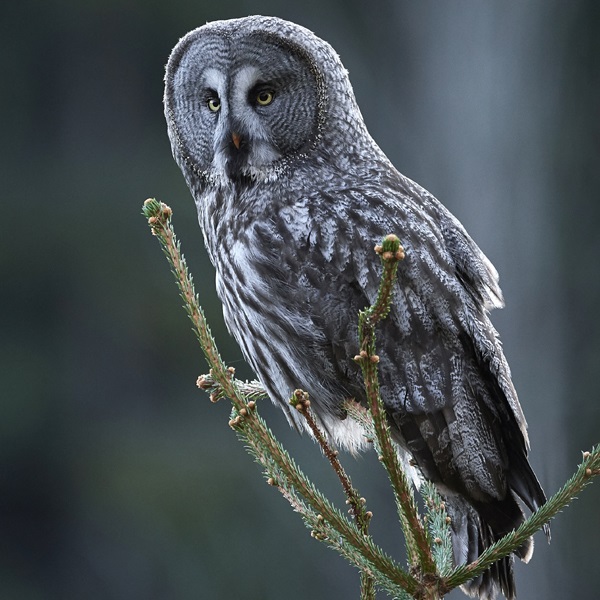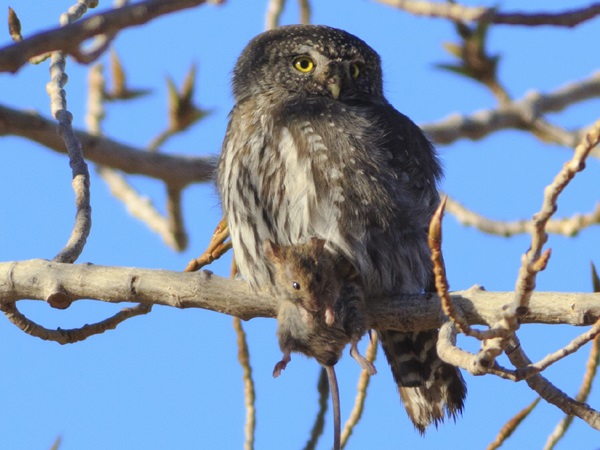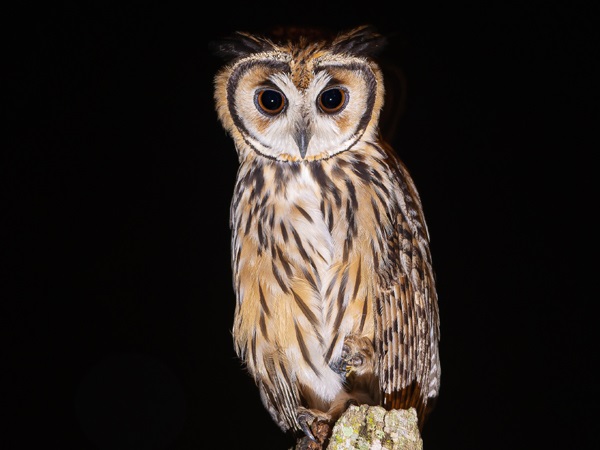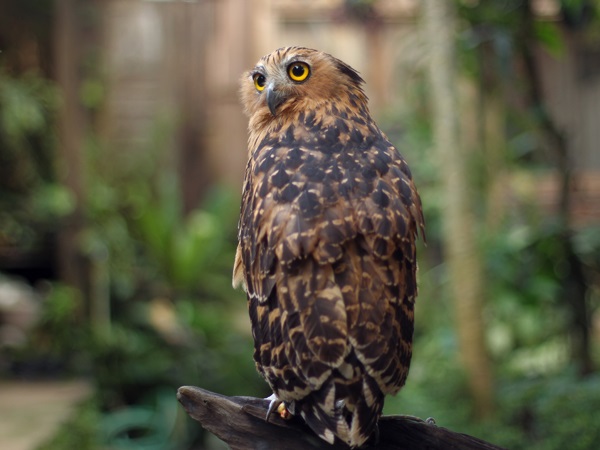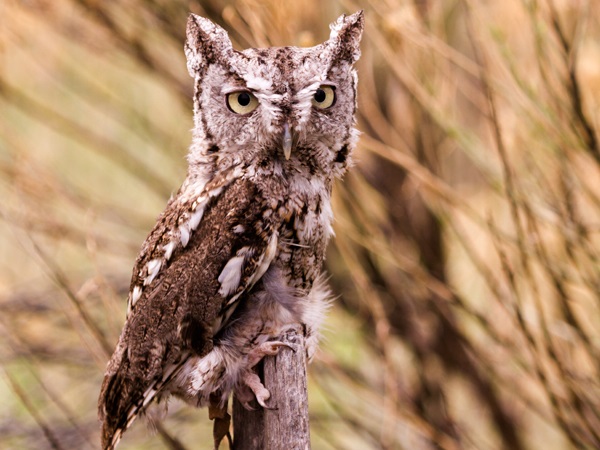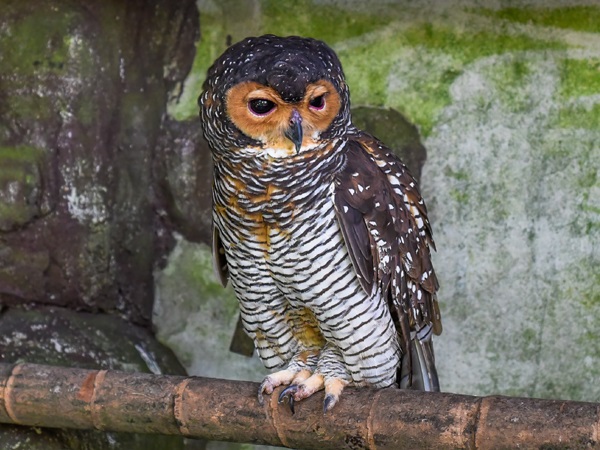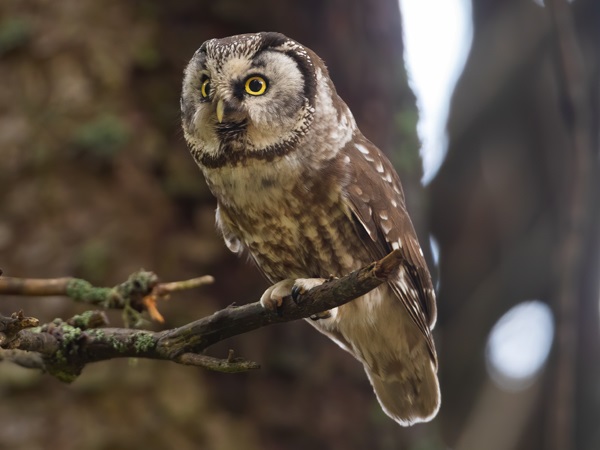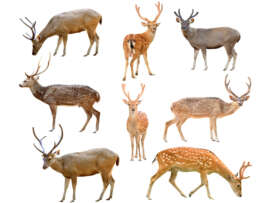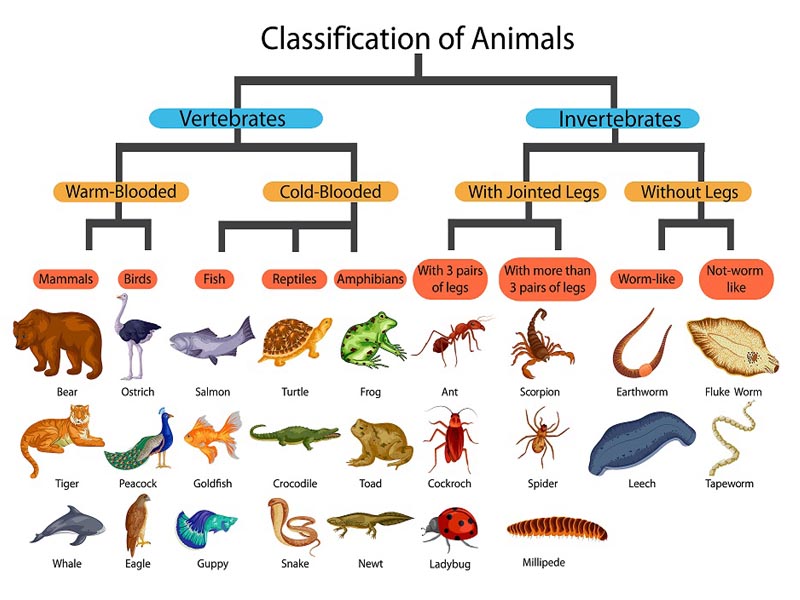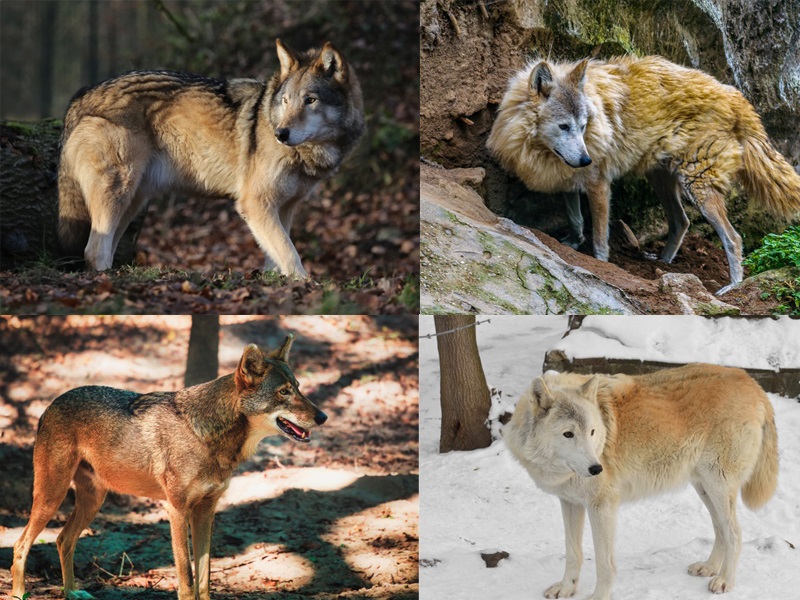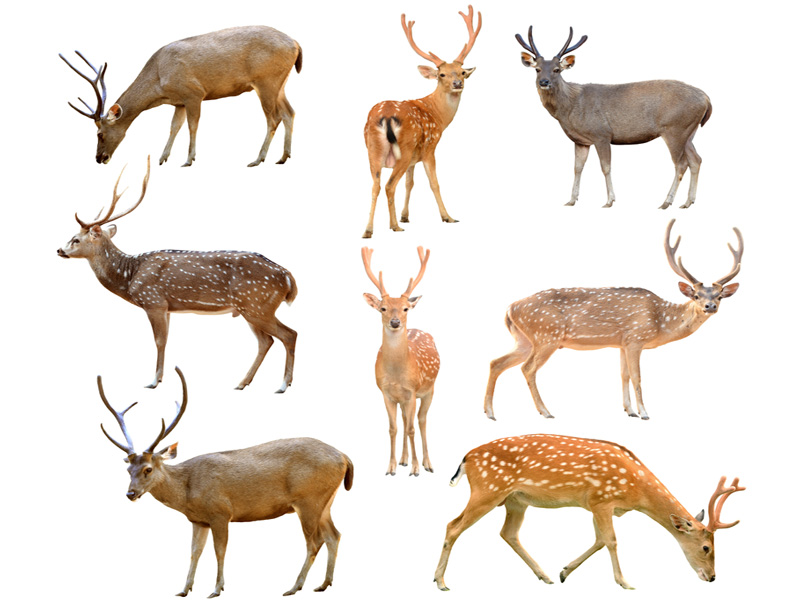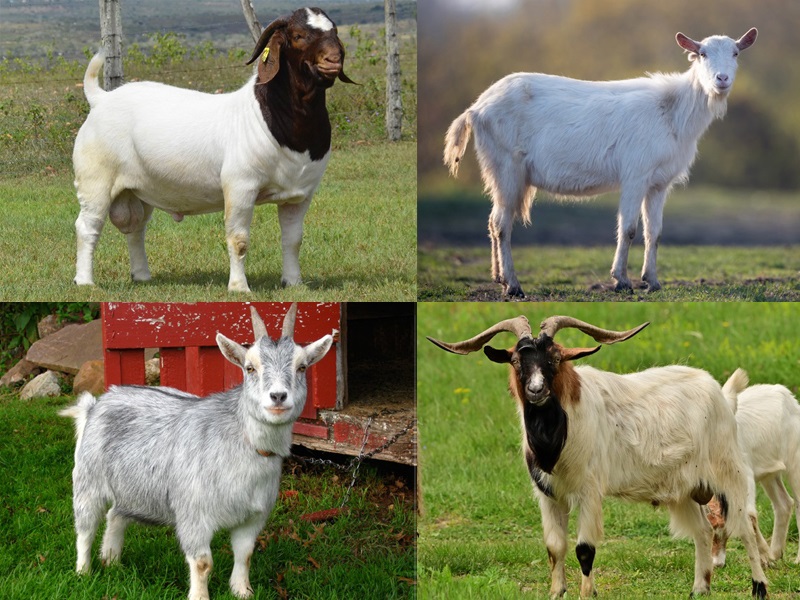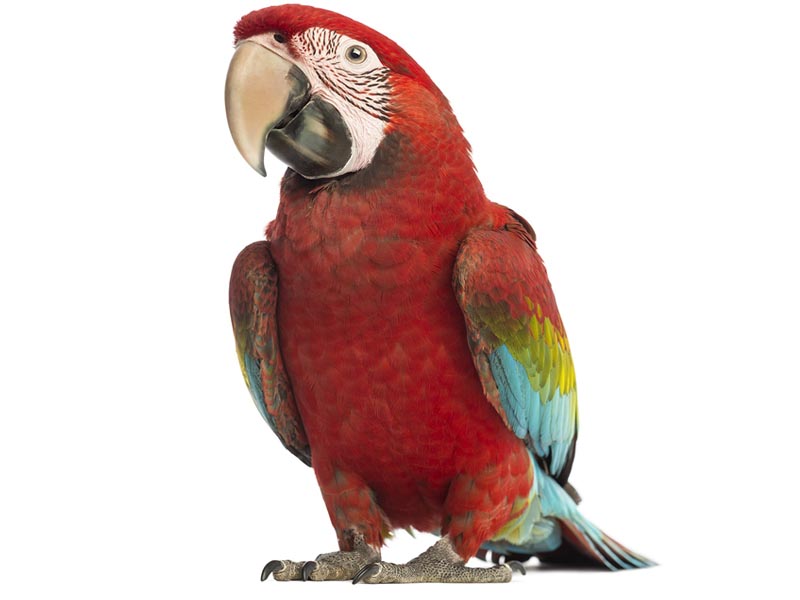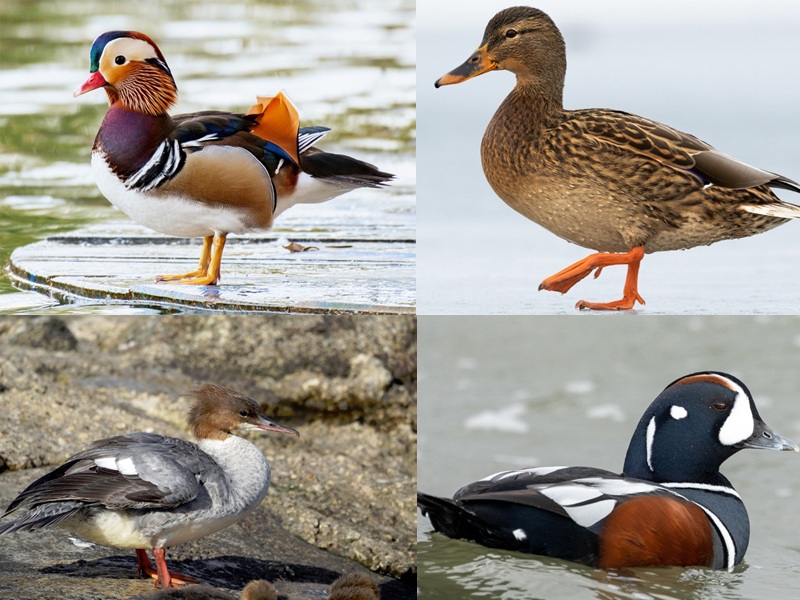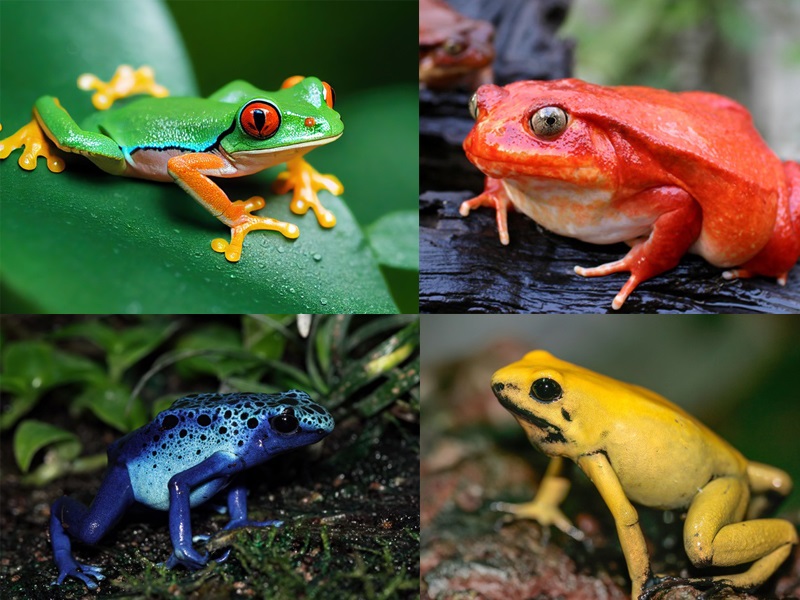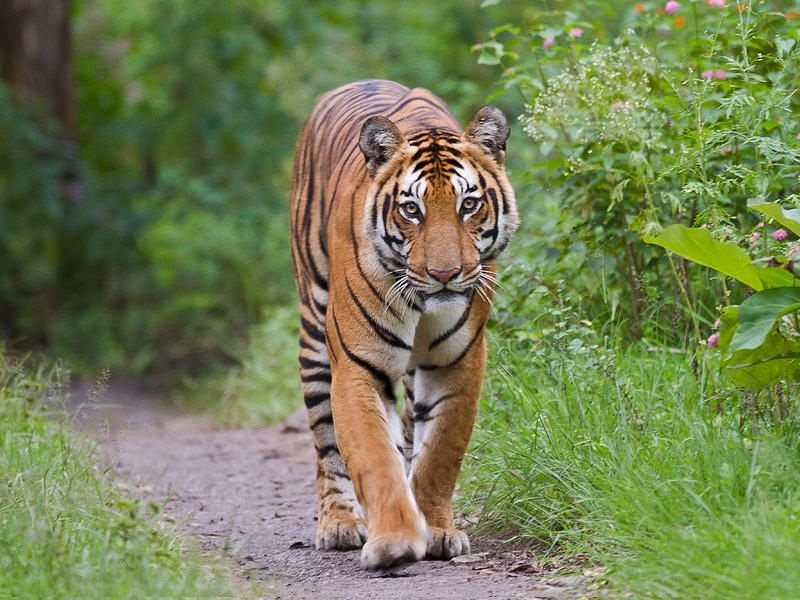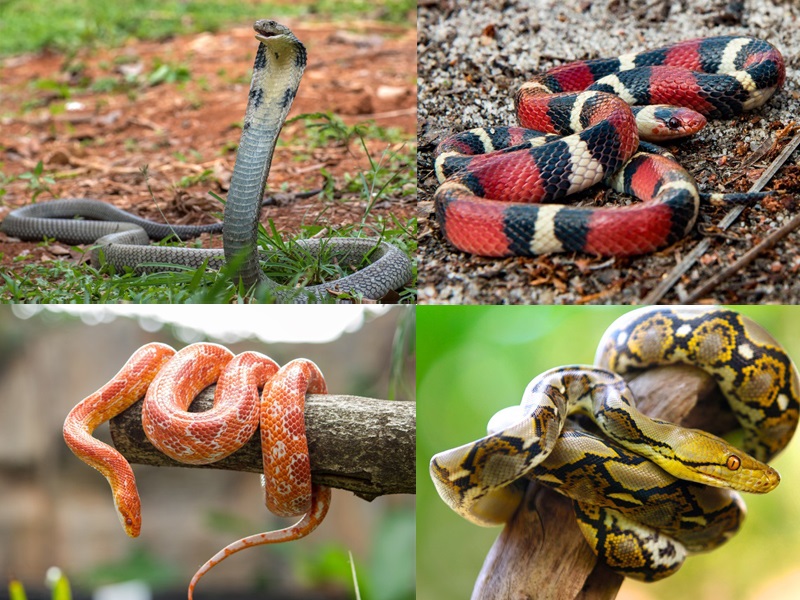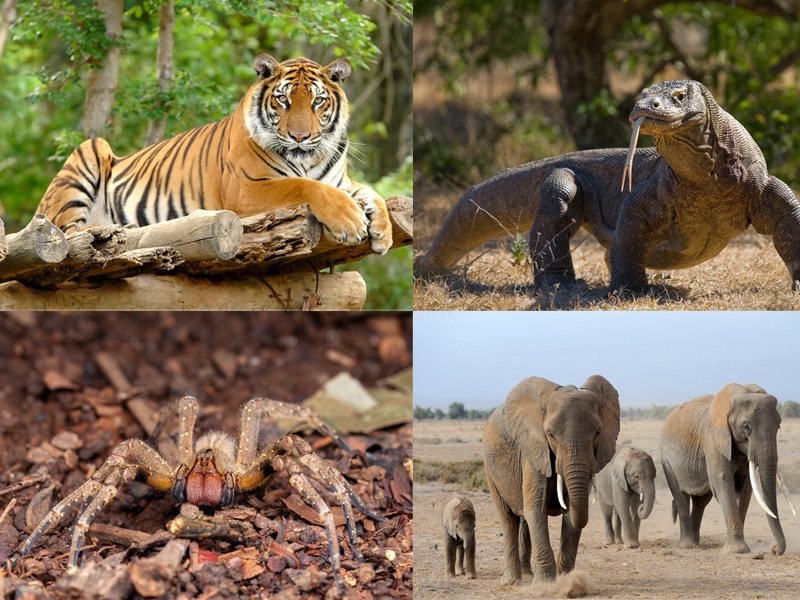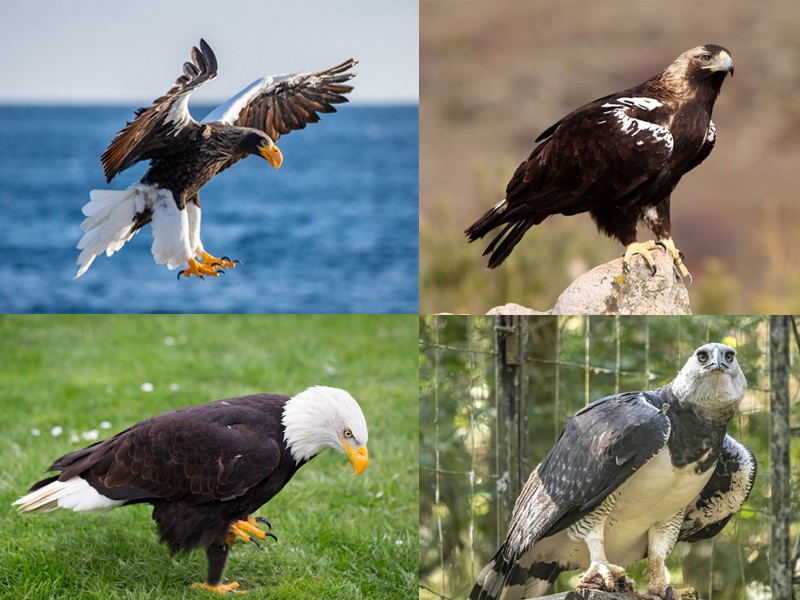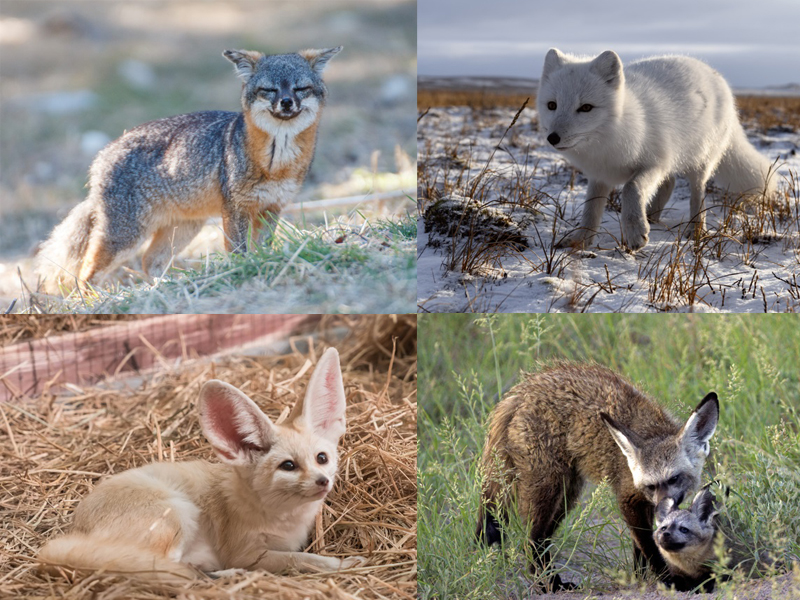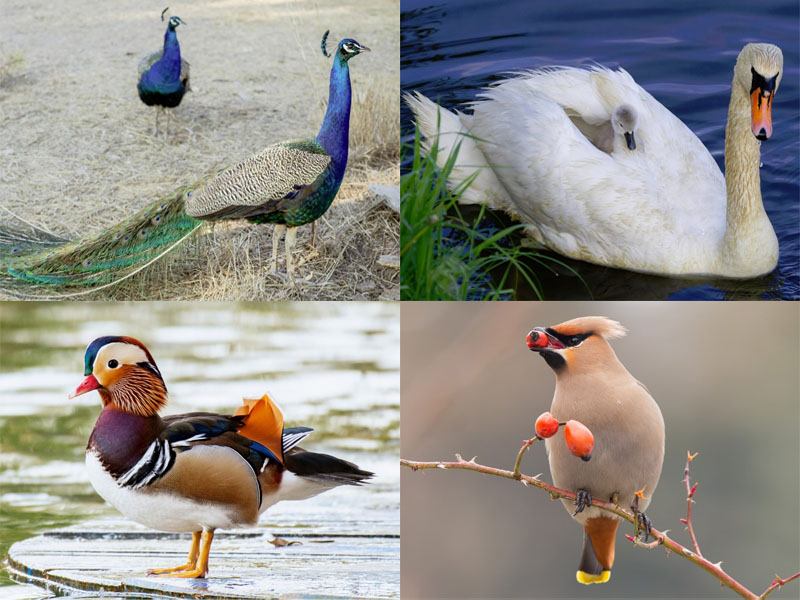Whether it is birders or non-birders, Owls are distinctive birds that fascinate both alike. Huge eyes make Owls unusual members of the animal kingdom with the abundance of feathers, adorable round-shaped or heart-shaped faces. The article discusses different types of Owls in detail, describing each bird’s characteristics.
Barn owls and true owls are the two broad classifications of owls. Two hundred species are true owls, which are most of the world’s owls, while barn owls comprise only 16 species. These raptors have many unique ways to secure prey, and they are primarily nocturnal.
Though many legends and superstitions surround Owls, their amazingly expressive faces and outstanding abilities make them a point of curiosity. Read on to know more!
What is an Owl?
Owls are the birds that come from the order Strigiformes and center many superstitions and religious beliefs. If you want to appreciate the beauty of the different types of Owls, intimately and up close, zoos, wildlife rehabilitation facilities, aviaries, and nature centers are the ideal ambassador birds.
The unique characteristics of each owl will help you beautifully appreciate owls. All regions are inhabited by these birds, except the Antarctic. The main menu of Owls includes other birds, various insects, small mammals. Some types of Owls have developed the art of fish hunting along with other things.
See More: Types of Ducks with Pictures
18 Different Types of Owls with Pictures:
As mentioned above, there are over 200 species of Owls worldwide. The list we have presented will give you details about 15 different types of Owls with their characteristic features and much more information about these mysterious birds.
1. Long-Eared Owl:
The long-eared owl (Asio Otus) is found in North America, Europe, Asia, and the abandoned nests of similarly sized birds are taken up as residence. Small mammals found in open land areas comprise the diet of these true medium-sized owls. Most long-eared owls form monogamous pairs after a courtship that involves aerial displays and calls by males.
2. Barn Owl:
Tyto alba is a type of barn owl found in every continent except Antarctica, with its characteristic heart-shaped face. The barn owl hunts over open land at night, and these are the most widespread owl species. The barn owls catch additional rats, voles, mice, and other mammals to feed their young when nesting. These owls can successfully capture their prey unnoticed because they have superb hearing and downy feathers that conceal their approach.
3. Spectacled Owl:
Preferring to live in dense, old-growth rainforests, the spectacled owl (Pulsatrixperspicillata) resides in South America, southern Mexico, and Central America. These owls prey on small mammals that are active at night and are fast-moving and nonmigratory. This owl hides easily in tropical foliage, protecting itself from predators. They have white markings around their yellow eyes that look like spectacles, hence the name.
4. Oriental Bay Owl:
Phodilus badius, or the Oriental bay owl, is found throughout Southeast Asia, is a nocturnal owl. The dense evergreen forests near bodies of water are the preferred habitats of these owls. The oriental bay owl is a subspecies of the barn owl and is a bay owl. Oriental bay owls are smaller than typical barn owls, though their appearance is similar. It perches itself on tree branches hiding from view to hunt, while to roost and nest, these owls use holes in trees and stumps.
5. Eastern Screech-Owl:
The Eastern screech-owl (Otus asio) is a type of North American owl that is primarily active at night, and its height ranges from six to nine inches. These owls find the perfect matching tree cavity to roost, as they have excellent camouflage skills depending on their coloration. The eastern screech-owls prey on birds and small mammals and insects, frogs, lizards, and tadpoles, and they are primarily active at night.
This short and stocky species are found throughout eastern North America from Canada to Mexico, though their name is misleading. This owl makes a descending tremolo call and does not screech like the other owls.
6. Snowy Owl:
Scientifically known as Bubo Scandiacus, a Snowy owl is a type of white owl that is one of the largest among the Strigidae family. True to its name, the male bird has a beautiful white plumage, which camouflages it in its Arctic habitat, and hence it is also called the Great White Owl. When compared to males, females tend to be darker. These birds have the second largest wingspan in North America and are also known to be the heaviest.
While the Snowy owls eat white rabbits, rodents, birds, and fish, lemmings are their favorite food. The average body length of this owl is 20-28 inches, and its wingspan is 50.4-57.6 inches. It is one of the vulnerable owl varieties, and the simple depressions in the snow shaped by the female body are the Snowy owl nests.
7. Eurasian Eagle-Owl:
Eurasian eagle-owl (Bubo bubo) is one of the largest owl species and has a wingspan of five to six and a half feet. They consume everything from small mammals to snakes, other reptiles, and larger prey like owls, similar-sized birds, and foxes since they are powerful predators.
These true owls occupy various habitats, including fresots, deserts, and mountains, throughout Europe and Asia. Eurasian eagle-owls nest on rock crevices and cave entrances, and the pairs mate for life. When food sources are abundant, breeding increases and breeding decreases when food is scarce.
8. Tawny Owl:
The tawny owl (Strixaluco) is a British owl found in the east of China, a Palearctic region south of the Iberian peninsula. It is the most common owl in England and habitats range from forests to gardens and cemeteries. Tawny owls hunt for their prey between dusk and dawn, and their favored prey include rodents, birds, insects, and amphibians. These owls attack to defend their nests and broods by making loud screeching calls because they are highly territorial nonmigratory birds.
9. Great Gray Owl:
The great gray owl (Strixnebulosa) is an inhabitant of Europe, Asia, and These owls prefer areas that are human contact-free. The gray owl has fluffy feathers that give it an even more giant bird, one of the tallest owls at 24 to 33 inches in height. This true owl has gray stripes encircling its two yellow eyes and is easily identified by its facial disk.
10. Great Horned Owl:
The great horned owl (Bubo virginianus) is one of the Americas’ most widespread and adaptable owls. The diet of these horned owls is diverse, including birds, owls, mammals, snakes, and powerful predators. The mated pairs defend their nesting area with loud and spirited hooting, making this true owl’s distinctive hoot more critical.
11. Northern Pygmy-Owl:
The northern pygmy-owl (Glaucidium gnoma) is a small true owl that attacks animals larger than itself since it is an active and aggressive day hunter. These territorial owls are only about six inches tall and are native to western Canada, the U.S., Mexico, and Central America. These owls can deceive prey and prevent attack by mobbing birds with the set of false eyes on the back of its head, which is the owl’s shared feature with ocelli, another raptor.
12. Burrowing Owl:
As the name suggests, the burrowing owl (Athene cunicularia) lives in a burrow, unlike the other tree-living owls. Instead, an old squirrel or prairie dog burrows are taken up as residence by these owls. The burrowing owl uses its long legs to sprint and capture prey while hunting at night.
They are found throughout Central and South America and North America from southern Canada through Mexico, and they inhabit open fields and grasslands. The ones living in the tropical climates are year-round residents, whereas those in the northern part of the range migrate for winter.
See More: Types of Frogs in the World
13. Northern Saw-whet Owls:
The Northern saw-whet owl (Aegoliusacadicus) is one of the smallest owls found in North America and is seven to eight inches tall. The call of these true owls reminds us of a saw being sharpened on a whetstone, hence the name. These owls are usually heard but not frequently spotted because of their small size and nocturnal nature. Northern saw-whet owls feed on small mammals and inhabit woodlands.
14. Striped Owl:
The striped owl (Asioclamator) has black, white, and cinnamon-colored streaks in addition to distinctive ear tufts. This true owl has a range that includes woodlands, savannas, marshlands and is found in Central and South America only. These large owls roost in thick tropical foliage to avoid detection and are comfortable at elevations ranging from sea level to 1,400 feet.
15. Tawny Fish-Owl:
Noted for their ear tufts, which droop to the side, and their widespread yellow eyes, Tawny fish-owls (Ketupaflavipes) are found in China and Southeast Asia. This true owl feeds on fish as well as other aquatic creatures, as the name suggests. Consequently, these birds are always close to lakes, rivers, and streams, inhabiting areas ranging from subtropical habitats to temperate forests.
16. Western Screech-Owl:
The western screech-owl (Otus kennicottii) is a true owl found along western portions of North America down into Central America and is a type of screech owl related to the Eastern screech owl. Cavities excavated and abandoned by woodpeckers are used to nest by these owls, and they are often found in the edges of forest or open woods. Thanks to their muted earth tone colors, these nocturnal hunters are well camouflaged in their forest habitat.
17. Spotted Wood-Owl:
Found in several distinct areas throughout Southeast Asia, the large, orange-faced spotted wood-owl (Strixseloputo) is a true owl. It is usually found near water or in open forests or woodland habitats. This owl can hide in shaded canopies with the help of its striped coloration. This earless bird hunts from a perch and feeds primarily on small rodents.
18. Boreal Owl:
The Boreal owl (Aegoliusfunereus) is found in the northern U.S., Canada, Alaska, and Europe and is also called Tengmalm’s owl in part of its range. The white spots across the crown of this bird are distinctive, though this true owl is primarily brown. They inhabit the subalpine and boreal forests and nest in cavities. They hunt small mammals, birds, and insects from perches as they are small nocturnal hunters.
See More: Types Of Wolves With Images
Interesting Facts About Owls:
Here are some of the interesting facts about different types of owls:
- Worldwide, there are a many as 200 species of owls. Nineteen are found in the U.S. and Canada, while the others are found in Asia.
- The location of many owls is on different heights of their heads and is asymmetrical. This helps with the area of multiple sounds and comprehending them.
- Except in Antarctica, Owls are found in different habitats.
- Owls’ eyes are shaped like a tube restricting them from moving in their sockets because they don’t have eyeballs.
- Owls can perceive the depth of the prey and swoop it by focussing with the help of their binocular vision. However, they are farsighted because their close vision is not as clear.
- Owls can move their necks 135 degrees on either side and rotate 270 degrees.
- The owls have one eyelid of sleeping, one for blinking, and one for maintaining the cleanliness of their eye, making a total of three eyelids.
- Owls are carnivores.
- Owls have two toes pointing front and two towards the back, and such feet are called zygodactyls feet.
The powerful grasp and grip of owls come from their sharp, hooked claws, also called talons. - When compared to males, female owls are heavier, larger, and more aggressive. Females also have a higher voice and are richly colored.
- Owls are silent fliers as they have broad wings and are very light-bodied.
- Owls can camouflage or mix with the environment with the help of their feather’s colors.
We hope the information provided in this article about the different species of owls has satisfied your interest, and we hope you have learned something new about these mysterious birds. Don’t forget to let us know if you found this article helpful!
Disclaimer:
The information and views expressed in this article are based on pure research. The website is not responsible for the authenticity and accuracy of the information provided in this article.


